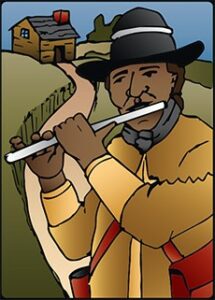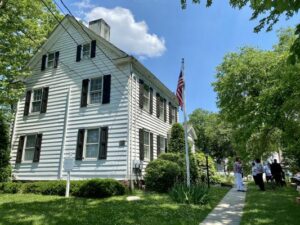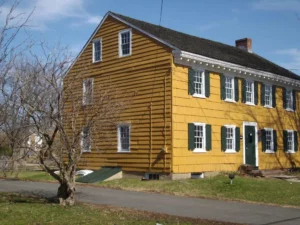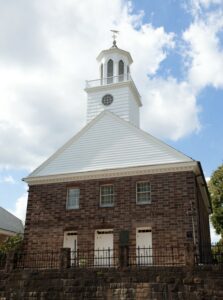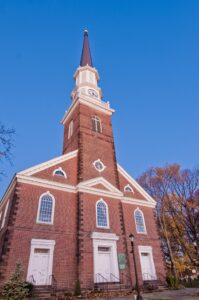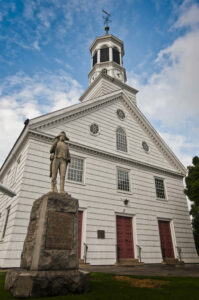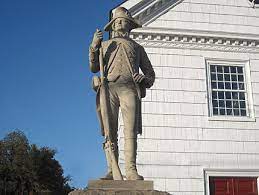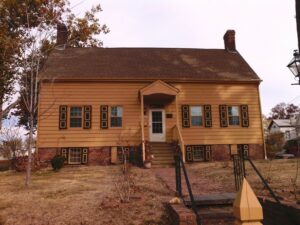Battles of Connecticut Farms and Springfield
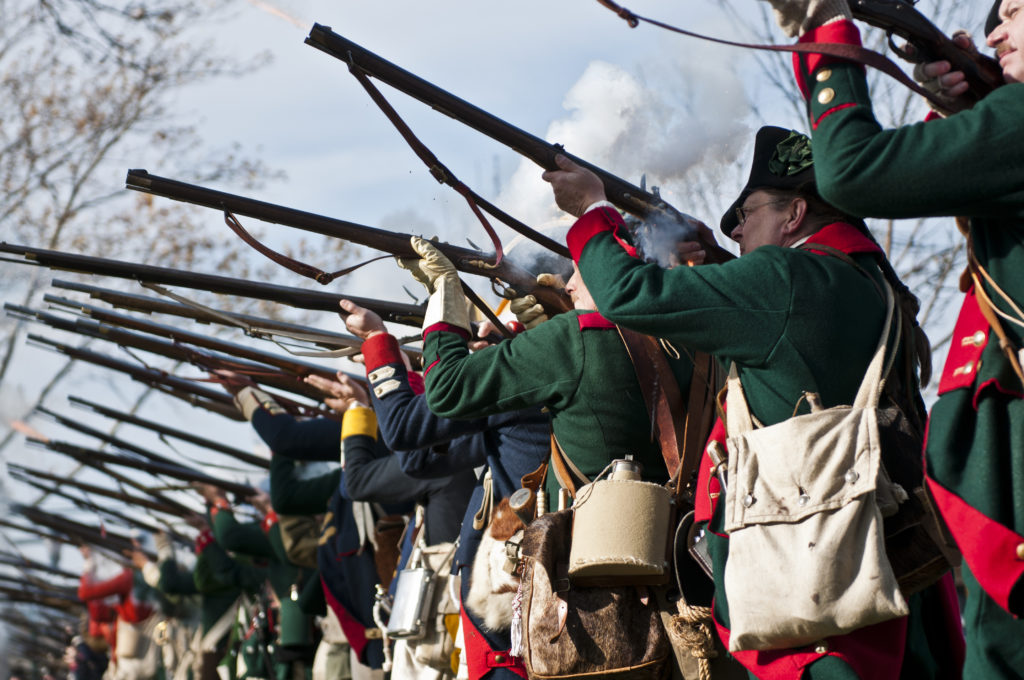
June 7–23, 1780
“I am at a loss to determine what was the object of the enemy’s expedition: If it was to injure the troops under my command, or to penetrate further into the country, they were frustrated. If the destruction of this place, it was a disgraceful one. I lament that our force was too small to save the town from ruin. I with every American could have been a spectator; they would have felt for the sufferers, and joined to revenge the injury.”
– Major General Nathaniel Greene, to General George Washington
In June of 1780, following terrible winter conditions, the war had been dragging on for four years, and Washington’s army was vulnerable to desertion and disease. In the British garrison at New York City, General Wilhelm von Knyphausen, decided to try to break through the Watchung Mountain defenses and attack Washington’s army at Morristown. Knyphausen planned to strike Hobart Gap near present day Springfield which, if penetrated, would provide a direct line of march toward Washington’s Morristown encampment eleven miles farther to the west.
On June 7th and then again on June 23rd, the British attacked the Americans from Staten Island and the vicinity of Elizabethtown, resulting in the Battle of Connecticut Farms and the Battle of Springfield. Both attempts failed, as the Americans put up stiff resistance and New Jersey militia swarmed to the scene, helping to stall the British advance. As they retreated, von Knyphausen’s forces set fire to both communities, concluding what was the last sizable battle in the northern states during the Revolution.




